House Hunting? These are the Most Popular Home Styles You Should Know
MyDomaine June 21, 2023
Lifestyle

MyDomaine June 21, 2023
Lifestyle

If you’re in the market for a new house — or your definition of a good time is spending hours scrolling through real estate listings — you may have noticed that there are roughly ninety billion different home styles and designs. This can appear extremely overwhelming if you’re looking to move, as few of us have the time to memorize the finer points of residential architecture. Plus feeling out-of-the-loop can put a damper on an otherwise exciting night spent with a bottle of wine and multiple home-buying apps.
The good news: you do not need an advanced degree in architecture to appreciate the majority of home styles. Below are nine of the most broadly popular home designs in America.
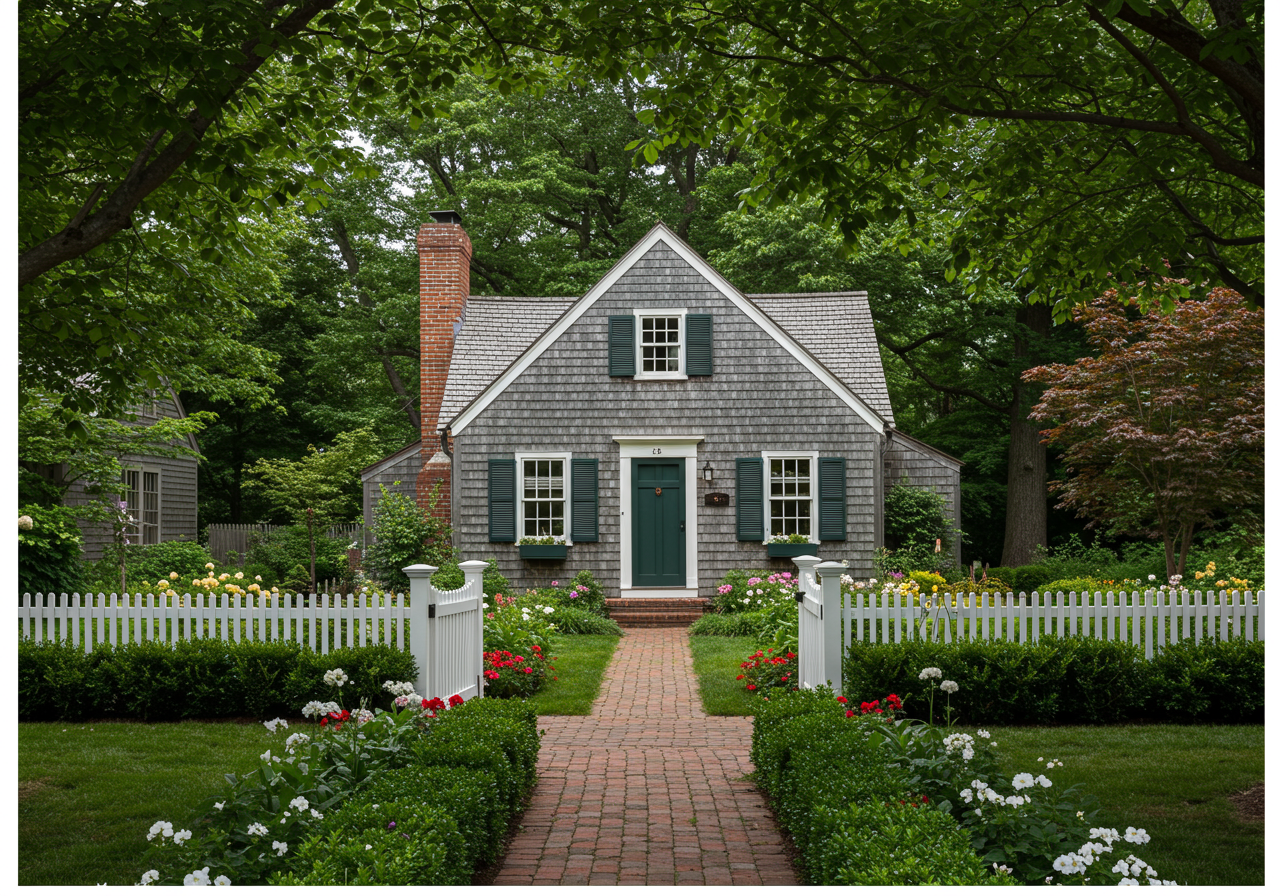
Because they were originally built by colonists in 17th century New England, saltbox houses are practically the definition of quaint Americana. The earliest saltboxes were designed to be built with minimal resources, labor, and tools, zero technology, with a primary purpose of surviving the harsh Northeast winters. These houses were two stories high, with thick pane glass windows that filled the large, open rooms with sunlight. In the middle, a large, open brick hearth that heated the entire home, leading to a chimney that juts from the center of a saltbox’s most defining feature: a one-sided sloped roofline.
Later interpretations of saltbox houses were designed for comfort—not survival—but retain many of the characteristics that gave the original its charm. Thanks to modern building techniques, saltbox houses can now have much larger footprints and layouts than in centuries past, but will still have open floor plans, plenty of natural light, and an asymmetrically steeply-pitched roofline.
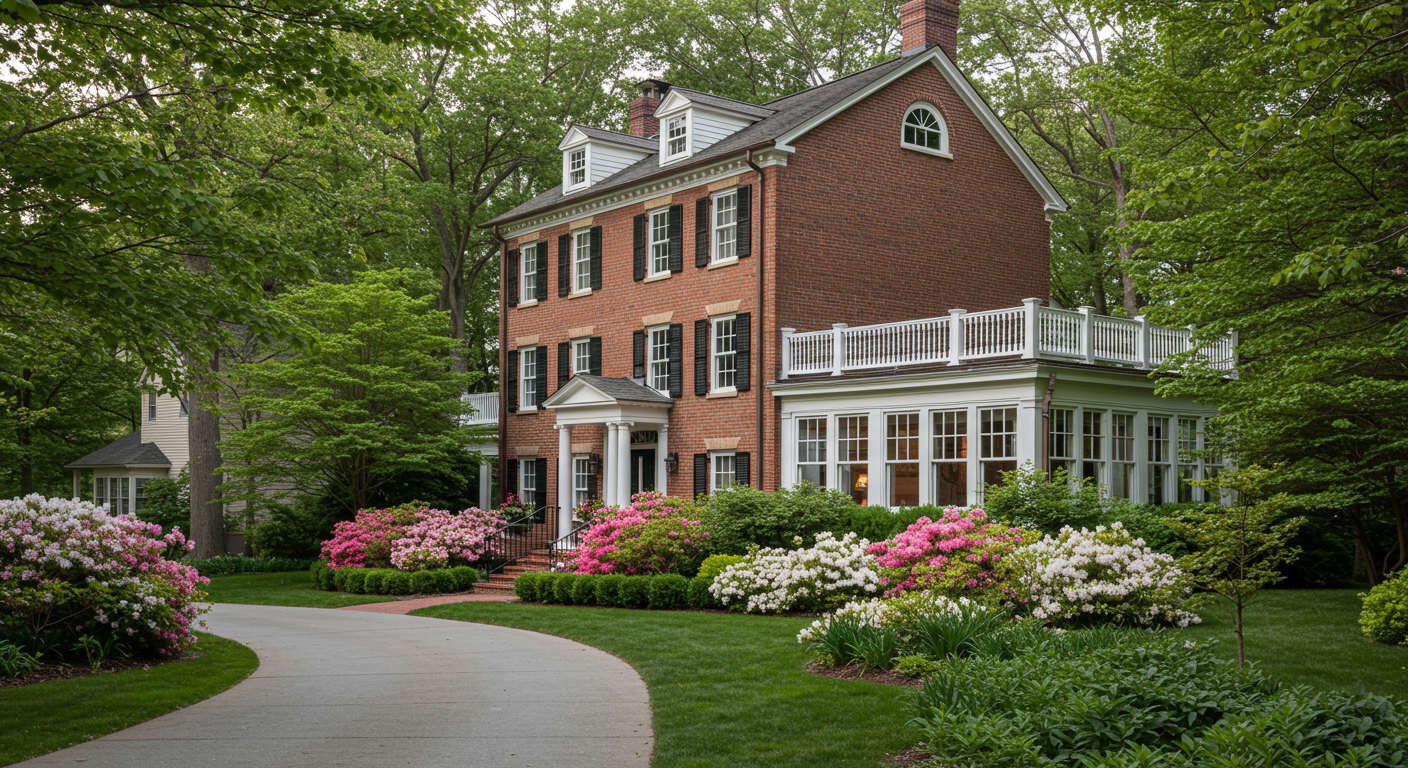
Saltbox houses gave way to colonial houses; simple, rectangular homes that had a bit more room, and a lot more style. The heart of a colonial-style home is symmetry, with a central staircase, double-hung sash windows, rooms laid out in parallel, and sloped, shingled roofs. In the late 19th century, the popularity of colonial revival homes exploded, and remains popular today. In fact, many other popular home styles, like Cape Cods (we’ll get to those in a minute), are adaptations of colonial-style architecture.
Modern colonials have grown far past their early, boxy foundations, and can be designed with any number of additions, like multi-car garages, dens, in-law suites, guest bedrooms, office space, and mudrooms.
It’s important to note that in real estate, the general term “colonial-style” refers specifically to British colonial-style; other colonial styles will be listed more specifically.
Spanish Colonial houses are most commonly found in California, the Southwest, and Florida. They’re known for red clay tiled roofs and thick, white stucco walls. These homes almost always have a central courtyard, and have exposed natural wood beams. French Colonial homes can be found in Louisiana, and have steeply pitched roofs, raised basements, and wrap-around porches. Dutch Colonial houses are most popular on the east coast, particularly in Pennsylvania and other states with strong, German roots. These houses have a distinctive gambrel — a.k.a. “Dutch-style”— roof, curved eaves, dormer windows, and symmetrical proportions.
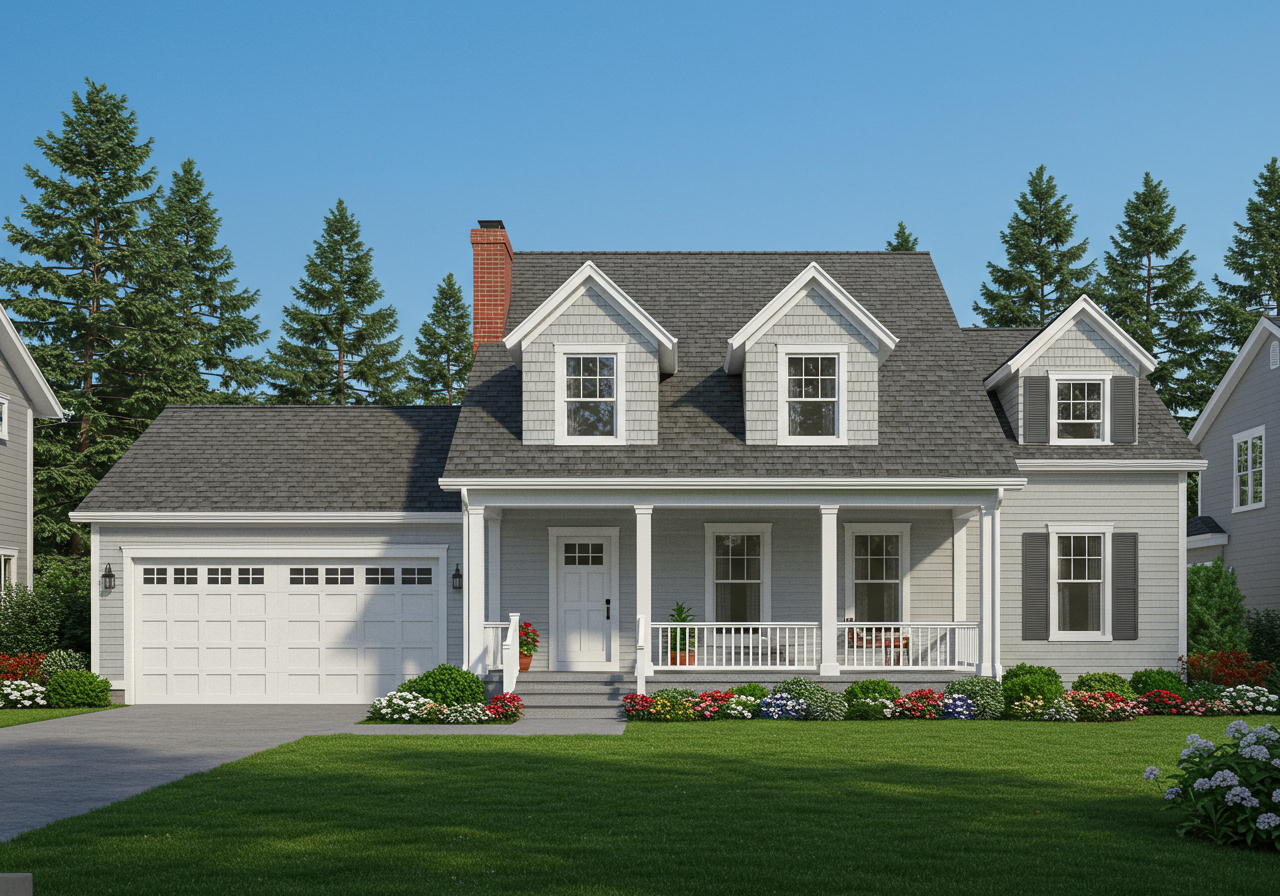
A descendant of colonial-revivals, Cape Cod homes have steeply gabled roofs that obscure the upper floors, shuttered windows, and simple design. These houses are usually pictured covered in weathered wood shingles, painted a grayish-blue that evokes its beachfront roots, but today, these houses can have any sort of siding.
Inside, Cape Cods retain the center hall design of colonial homes, but with a smaller footprint, and a steeper staircase. Though modern Cape Cods are usually much bigger than their ancestors, they retain their quaintness.
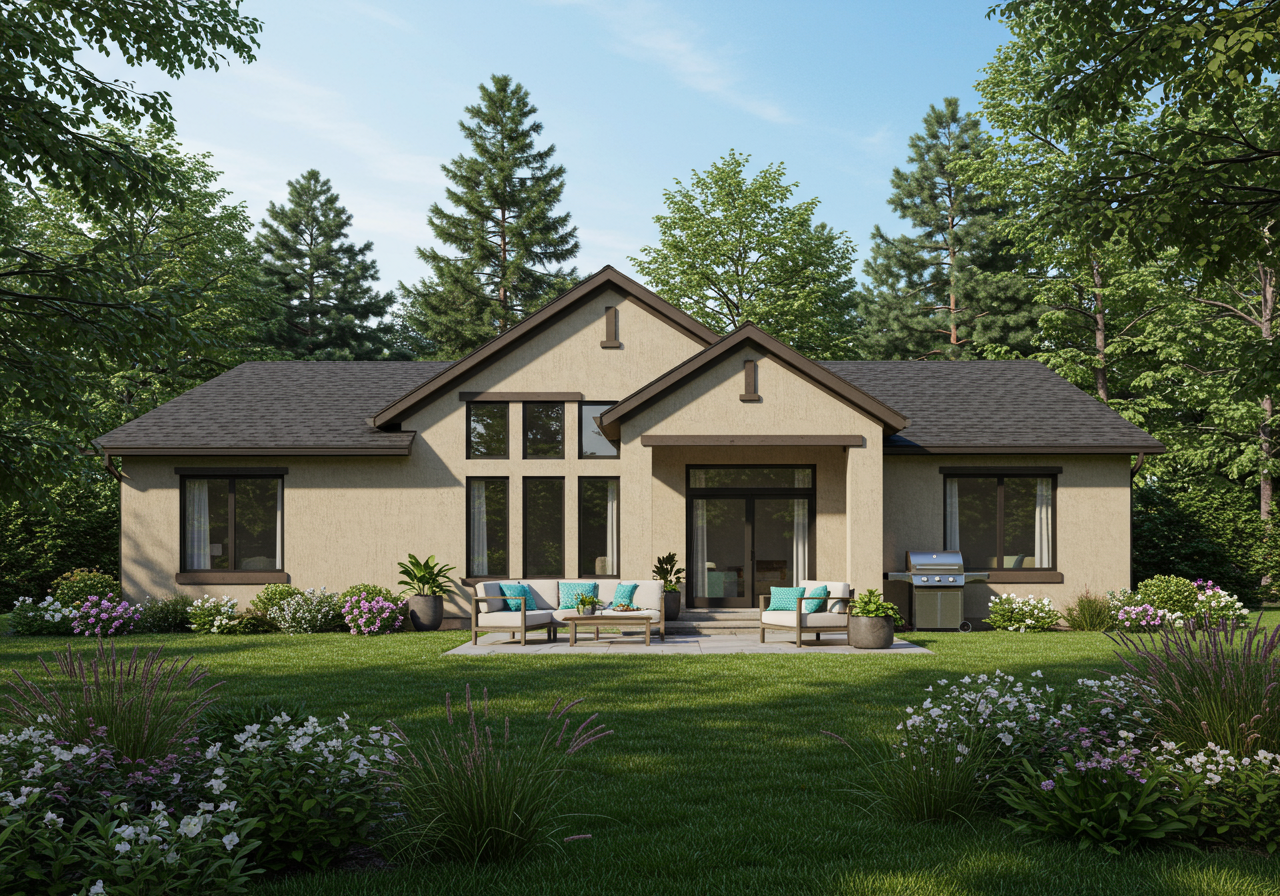
In the mid-twentieth centuries, people began migrating to the airy, spacious suburbs, which seemed downright rural in comparison to the densely populated cities they were leaving behind. As such, mid-century modern homes were designed to give suburban families more access to nature, with large, oversized windows, and patio doors that created transitional indoor-outdoor spaces. A popular example of this style are ranch-style homes, which are single-story, open-concept homes that offer easy access to all areas of the house from the main living area.
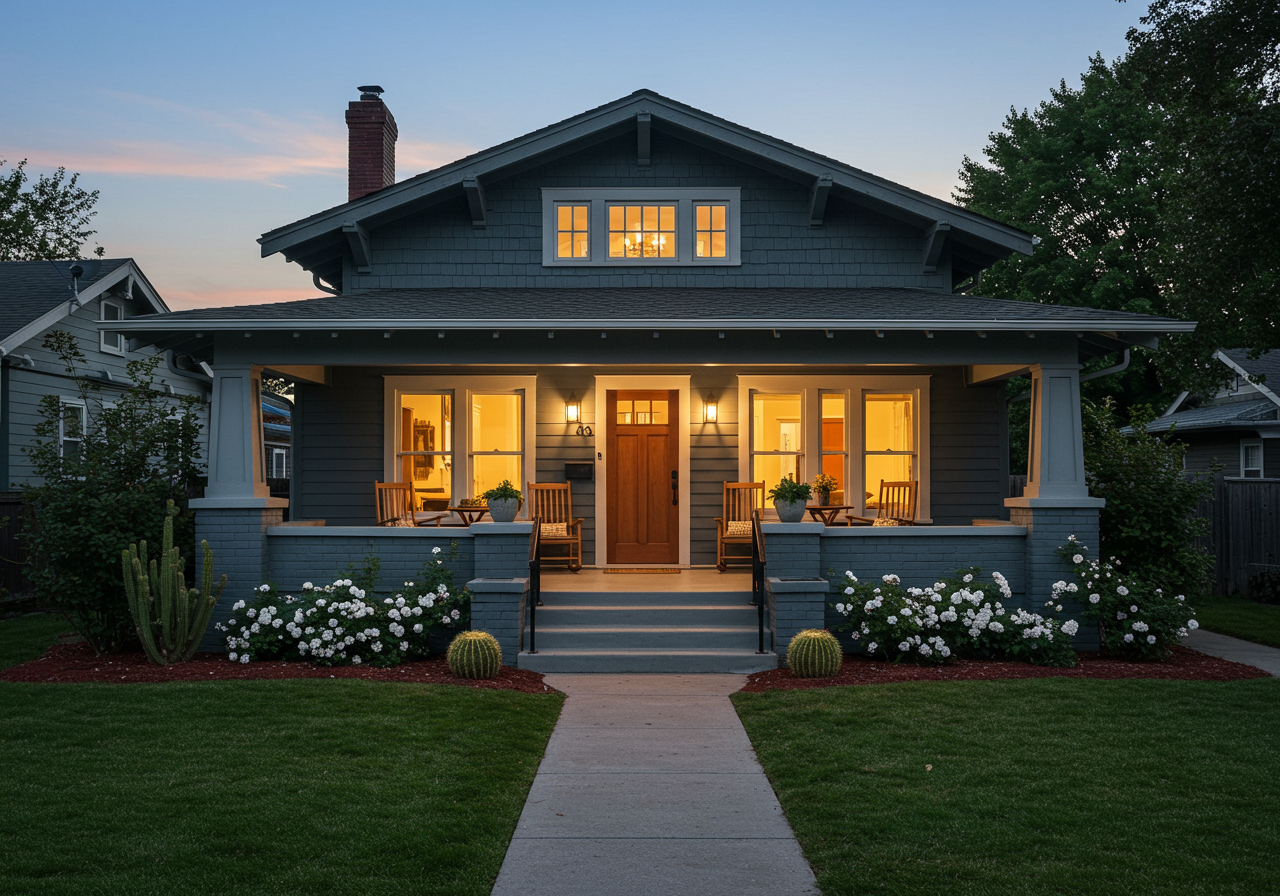
Craftsman houses have their roots in the 19th century Arts & Crafts movement, and are meant to evoke the quieter, quainter times of a pre-industrialized world. These small, cozy homes are well known for having lots of open space and tons of natural light, with low-pitched roofs and wide eaves that extend past the exterior walls, and covered porch supported with tapered columns. Craftsman houses are usually sided with materials that evoke the natural world, like wood, stucco, and quarried stone.
The interior of a Craftsman house also utilizes natural building materials, and will have built-in architectural features like bookcases, cabinetry, and window seats that create an organic, lived-in feeling. A classic Craftsman will have a fireplace in the main living space, and if there is a second story, there will be a second fireplace in the bedroom. Low ceilings help to conserve heat, and add to the feeling of coziness.
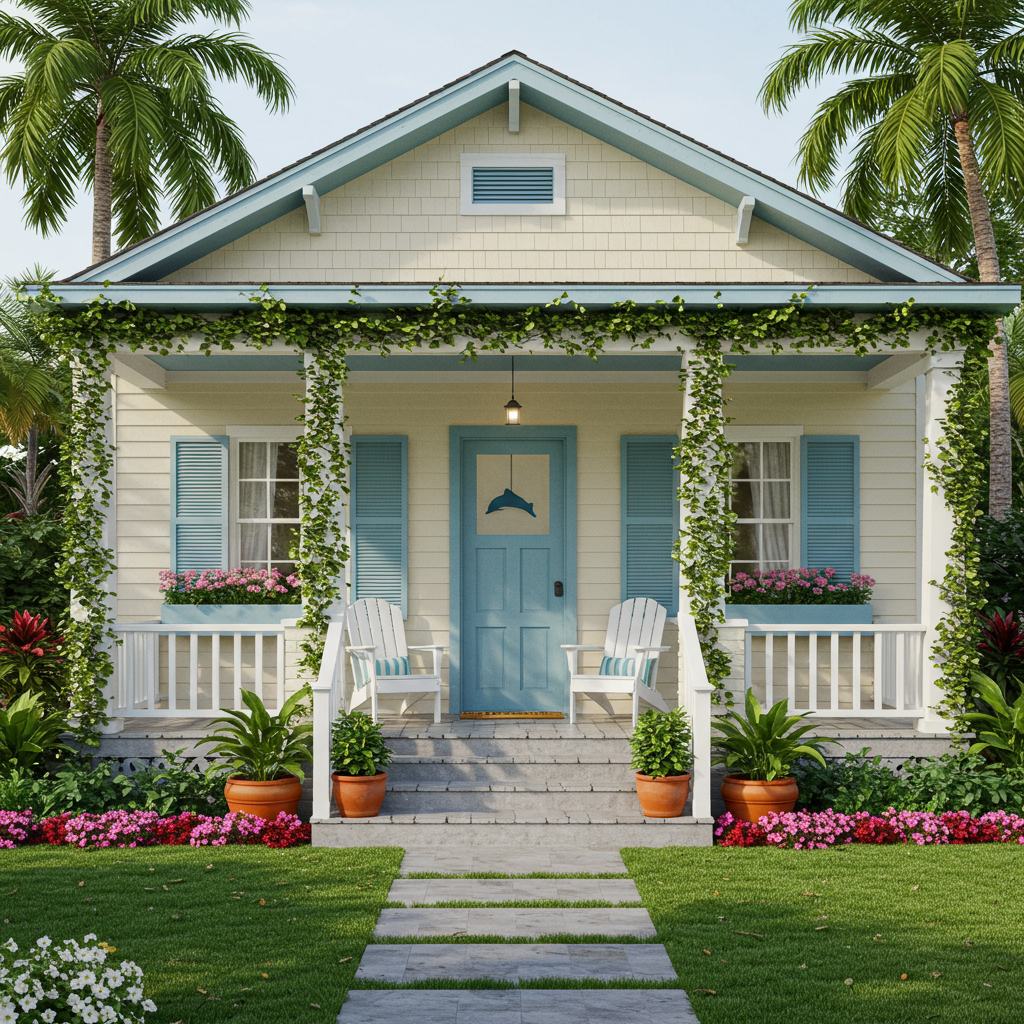
Bungalow homes are a descendant of Craftsman houses, stressing simplicity, artistry, and affordability. These houses are traditionally only one story high, though today it’s easy to find bungalows that have had their attic space converted into a second-story bedroom. The first floor will be raised above the foundation, and there will be a short flight of steps from the sidewalk to a covered front porch.
Unlike Craftsman houses, the exterior of a bungalow isn’t as ornate, as they were primarily built as affordable family dwellings in the early 20th century. Inside, bungalows use their small space efficiently, with tight, compact closets, built-in cabinets and shelving.
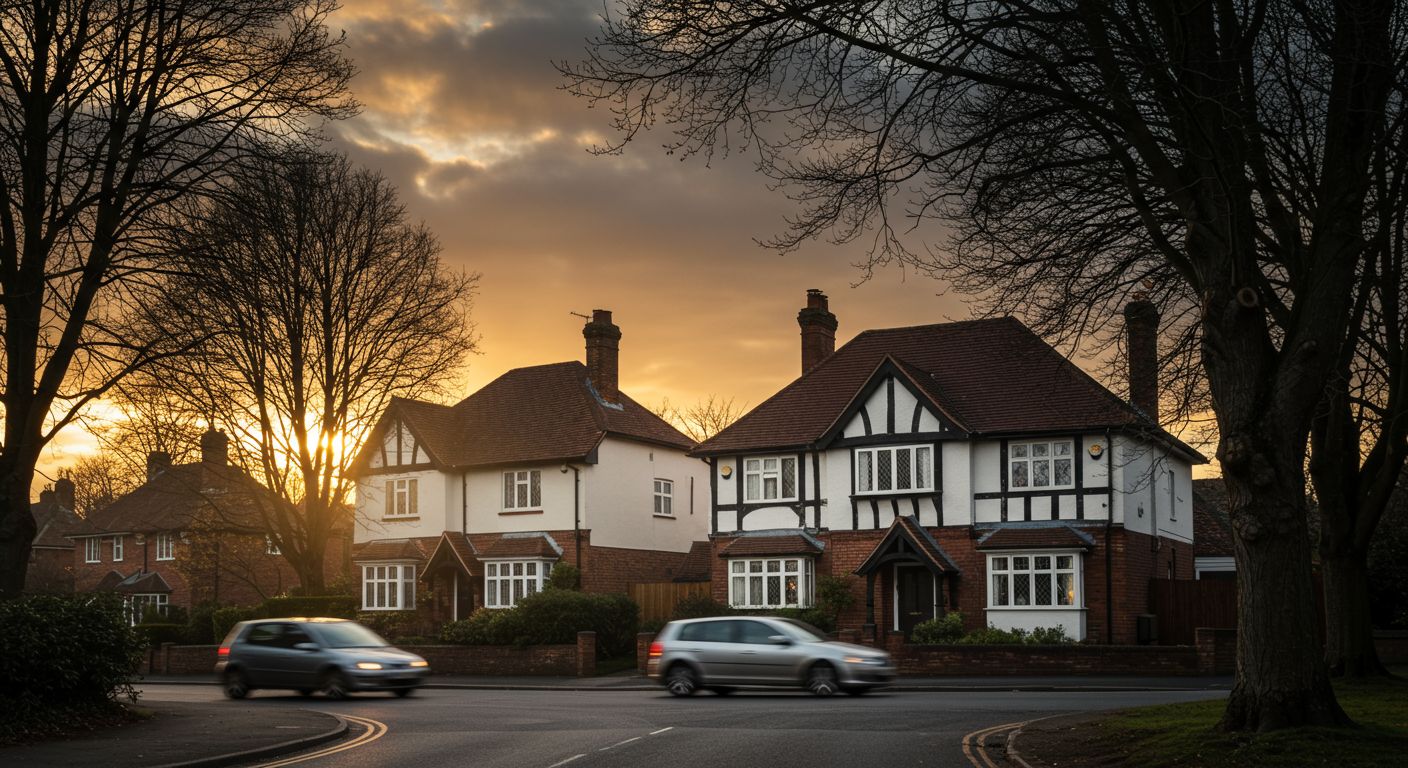
Tudor homes have a charming, old-world feel, with exteriors that are heavily influenced by medieval English architecture. In vogue from the mid-19th century til World War II, the ornate facades and expensive building materials of Tudor houses made them most popular in upscale suburbs, and because they mimicked a type of architecture that was designed for a cold, rainy environment, you’re more likely to find these homes in the northern part of the U.S.
Outside, Tudor houses feature steeply-pitched gabled roofs featuring decorative chimney pots, brick walls, and sections of decorative siding made from wooden beams and white stucco. Narrow, multi-paned windows that are grouped together reflect the Tudor’s medieval roots, as does the wooden front door, which will have a rounded arch at the top.
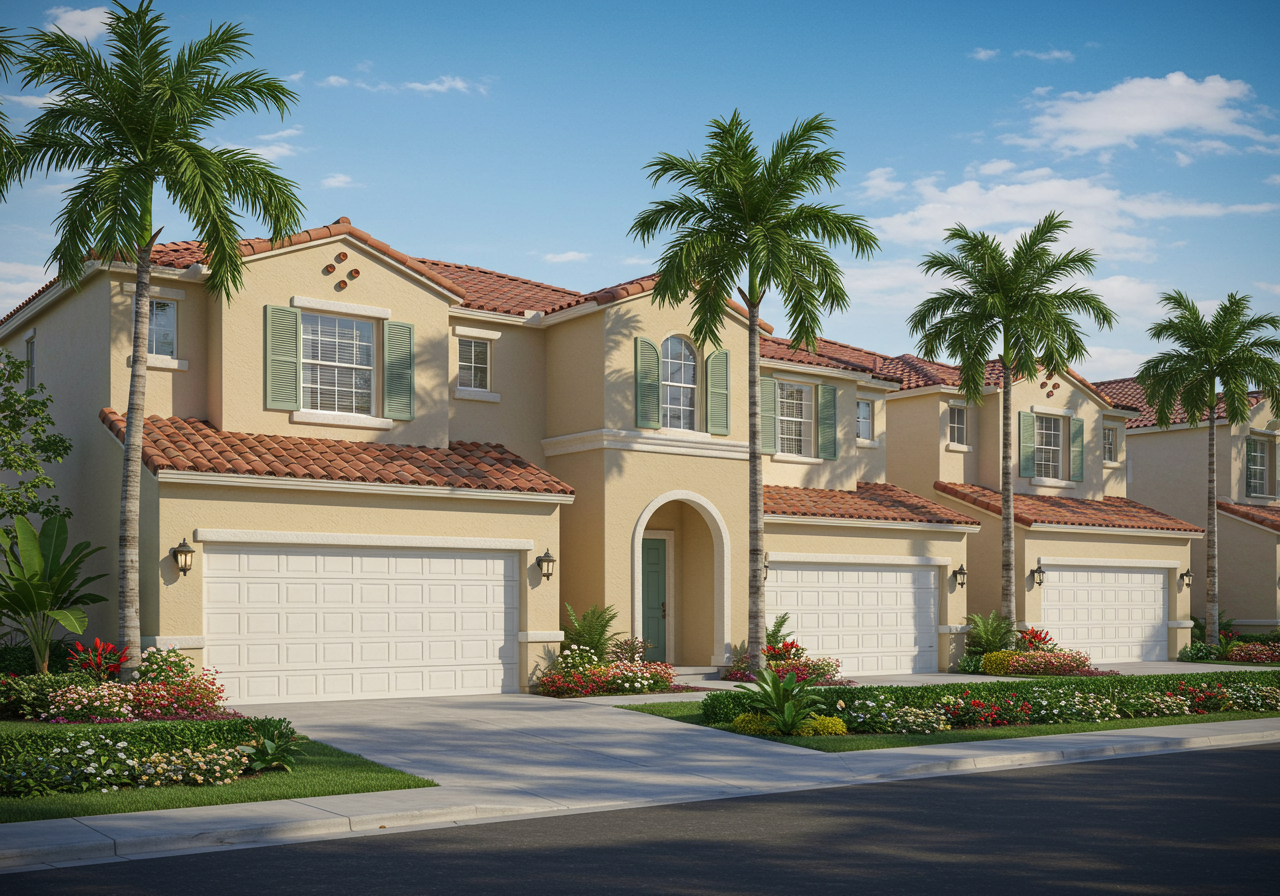
Popular in warm climate states like California and Florida, Mediterranean-style homes blend some of the best aspects of Spanish and Italian architecture into a style that’s uniquely American. Though homeowners can paint their brick or stucco exteriors however they like, the most iconic color for a Mediterranean-style house is white, which provides a perfect contrast for the vividly-red-tiled terra cotta roof. These houses have simple lines but an extraordinary amount of architectural detail, like heavy carved-wood doors, wrought-iron and metalwork accents, and balconies.
Most of these homes can be classified under three distinct styles: Spanish Revival, which has a simple, clean design with a low-pitched roof; Modern Mediterranean, which emphasizes indoor-outdoor living and wide, open interior spaces, and Italian Renaissance, which prominently feature columns and rounded arches, and ornate classical details.
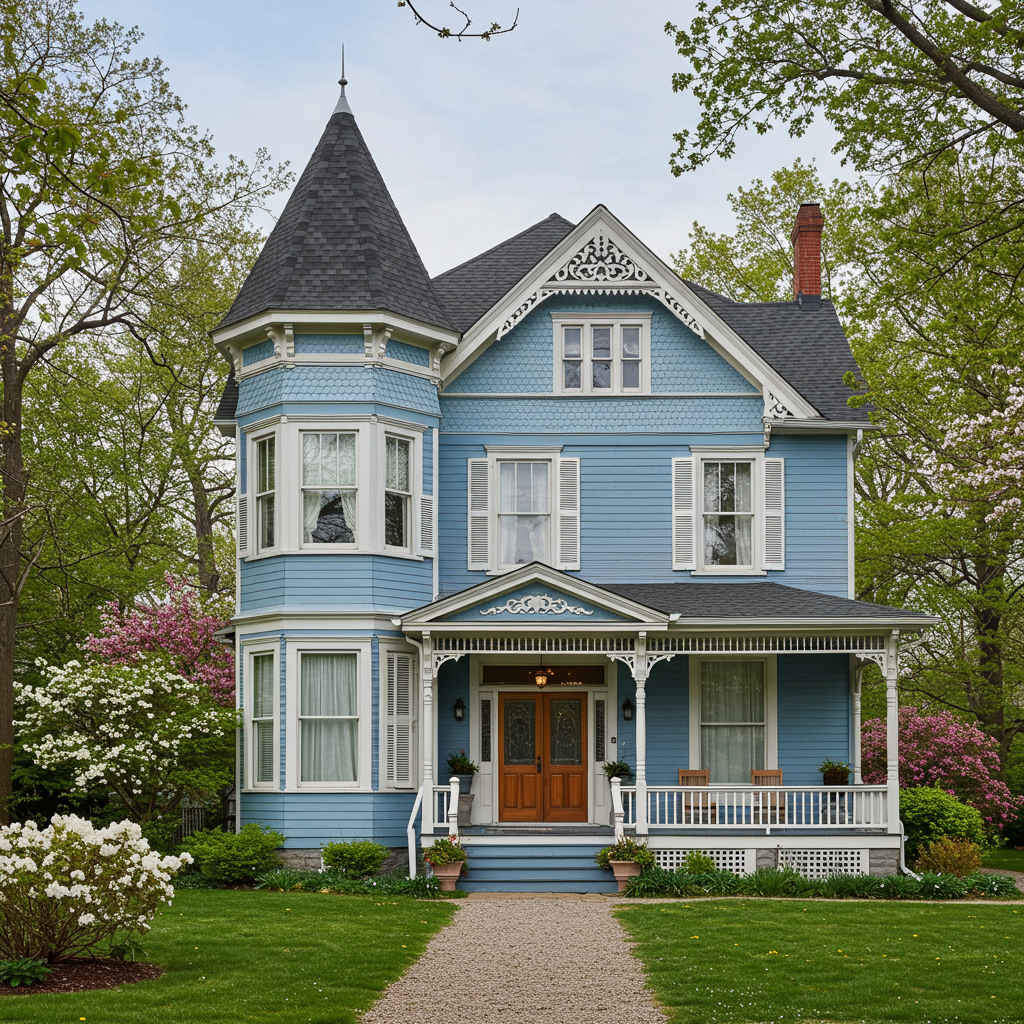
The name “Victorian” can be applied to any home built during the lengthy reign of Queen Victoria, who sat on the British throne from 1837 til 1901. During this time, features of many distinct architectural styles found throughout the British empire were reimagined and repurposed in the creation of “modern” houses, creating multiple well-known styles such as Gothic Revival, Queen Anne, and Stick-Eastlake.
When most people think of a Victorian house, there are a few key elements that immediately come to mind. The outside of these houses will be highly visually appealing, with decorative woodwork, rounded angles, steeply-gabled roofs, turrets, towers, and dormers. Inside, these houses were built for families, with two or more stories of well-defined rooms and nooks with plenty of privacy, high ceilings, and ornate wooden doors, staircases, and trimmings.
Stay up to date on the latest real estate trends.

Buyer
January 2, 2026
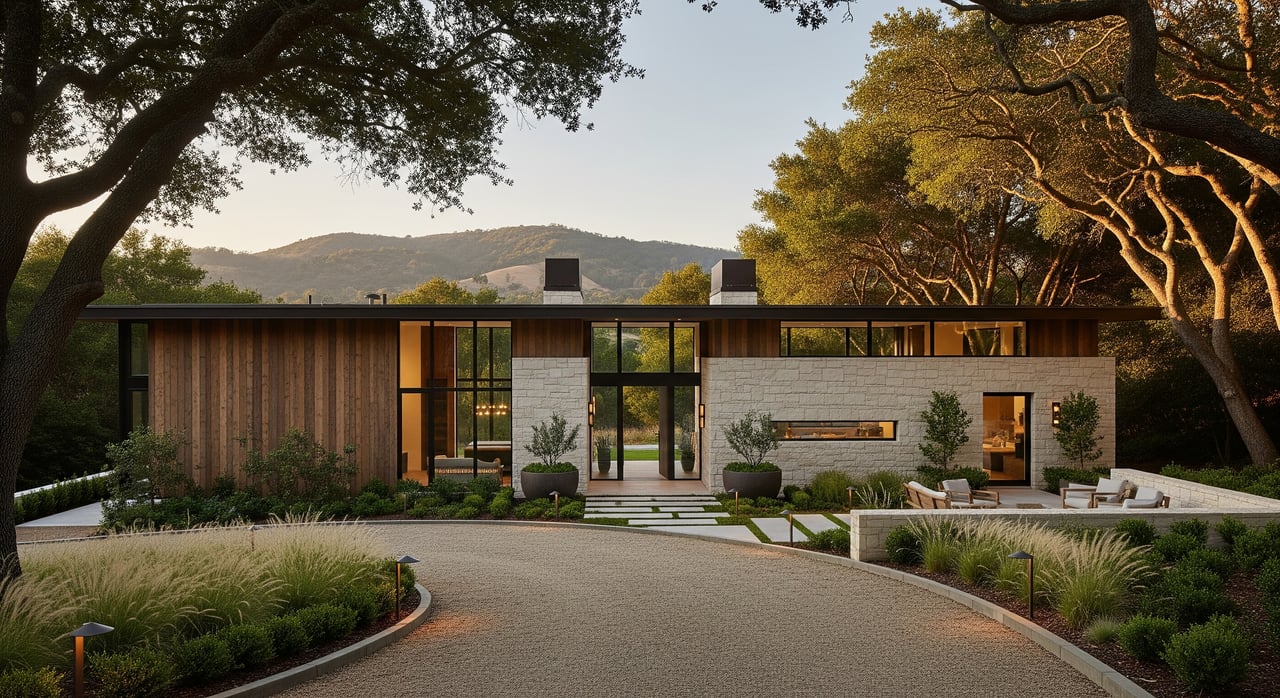
January 1, 2026

Seller
December 26, 2025
When your house doesn’t sell, it does more than disrupt your plans, it hits close to home.

Seller
December 23, 2025
Hearing talk about home prices falling? That may leave you worried about whether your house is losing value.

Seller
December 19, 2025
The housing market hasn’t felt this energized in a long time – and the numbers backing that up are hard to ignore.

Buyer
December 18, 2025
You may not want to put your homebuying plans into hibernation mode this winter.
We Guide Homeowners through the complicated process of selling their home using our 4 Phase Selling Process and 3 Prong Marketing Strategy that alleviates their stress and moves them effortlessly to their next destination. Schedule a 15 Minute Complimentary Strategy Session Today